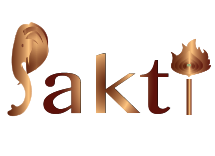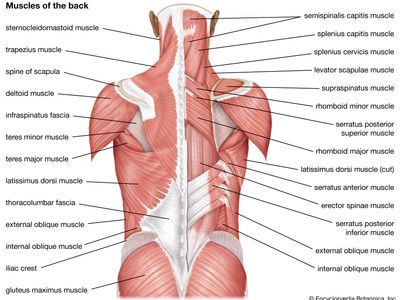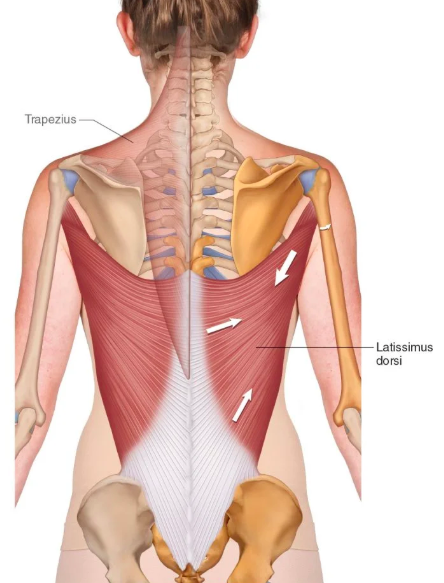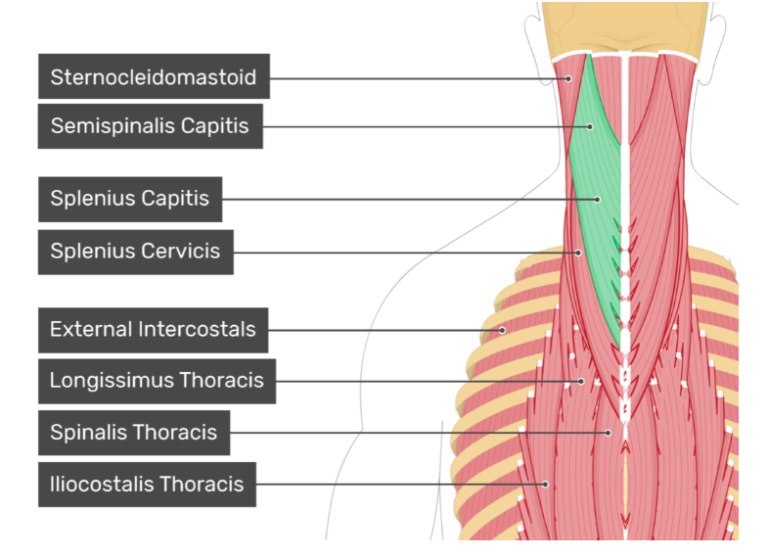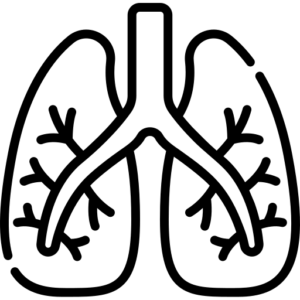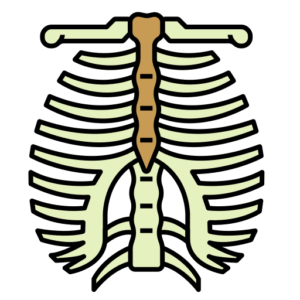Understanding Asana and its importance
Bhujanga = “serpent” or “snake”
Asana = posture, be.
Lying flat, face downwards on a sheet with hands placed close to the body on either side. After relaxing all the muscles of the body, concentrate the mind on health. Keeping the feet close together and pressing the knees against the ground, raise the soles upwards to the sky. Place both palms, pressing against the ground, touching the shoulders on both sides. Then raise the head and bend the neck backwards as far as possible. At this time, the trunk and legs should be in close contact with the ground. Gradually raise the chest, supported by the hands on the ground. Bring the head down in the same way as it was raised and restore the body to its former position. This āsana strengthens the backbone.
The Sanskrit word “bhujanga” means “serpent” or “snake.” Bhujanga is itself derived from the Sanskrit root “bhuj,” which means to bend or curve. One who walks by means bhuja (Shoulder).
Sri Shankara Bhagavatpada came to Sringeri looking to establish a Peeta for Saradamba, where on the bank of the Tunga river, he saw an unusual sight.
A cobra spread out its hood over a frog in labour pains, in order to protect the pregnant frog from the scorching sun.
Wonder-stuck with the sanctity of the place, which could infuse love between natural adversaries, the Mahaswamy chose Sringageri to set up a Mutt.
He spent there over 12 years of his precious life of 32 years. This should give us an idea of the esteem the great Sankaracharya had for this holy spot.
Sringeri also finds mention in Srimad Ramayana and Upanishads as the abode of the great sage, Rishyasringa, after whom it is thus named.
He wrote the Sharada Bhujangam is in praise of Sringeri
Sarada Devi
The Siva Bhujangam is a beautiful stotra composed by Sri Sankaracharya to praise of Siva. The stotra extols the
greatness of Parameswara and His leela.
Another famous in this series is Sri Subrahmanya Bhujangam.
He composed this at Tiruchendur Temple.

Benefits
- Relaxing the stiffness and tension in the upper body
- Opens up the chest for deeper breaths
Caution
- Improper posture: attempting the asana with excess lordosis will stain the spine.
